IT'S A BIRD, IT'S A PLANE, IT'S AN AUTHOR BRAND!
retiring "it's who you know" for "it's who you're bringing in"
My dad, in all his dad glory, raised me in the “it’s who you know” era. I love him, and he’s not wrong, but this is how publishing has remained an industry of gatekeeping. The apprenticeship model—intern to assistant to associate to, to, to—makes it difficult for someone earnest and without connection to get in. Sifting through four-hundred resumes, if one comes in from a friend, that person misses the pile. It works this way with queries, with editors, with publicity, at every stage of the process.
Just last week I told a new grad to get a subscription to Publishers Marketplace and cold-email (with her resume attached) the people who worked on books she loved. She said, “But is that okay? I don’t want to break the rules.”
Rules = Gate.
We tell writers this is also the way to sell books. Simply gather who you know (especially those with a little name recognition). It’s who blurbed. It’s who will do you this favor. It’s your connections. It’s your brand, baby.
BUT if publicity has taught me anything at all in the last few years, it’s not “who you know,” it’s who you bring in. And I don’t mean, who you bring up, though we should all be throwing our hair down the tower and telling others to climb, climb, climb.
Who you bring in, as in who you bring around your fire. (There is going to be a lot of metaphors in this newsletter, buckle-up).
When I think of the image of an “author brand,” I think of the Tedx stage with the red curtains, the headset microphone, the clicker in one hand with a projected powerpoint behind, the speaker’s turtlenecks and pointy shoes, the rapt audience and their sighs, gasps, clapping. I think of words like “inspiration,” “educator,” “expert.” But people don’t get to those places by saying, “I’m an expert in …” or “I’m an inspiration…,” they get there because they are an inspiration TO—the TO feels like what’s missing in the current way we publicize books and ourselves as writers.
When writers spend so much time focused on their “author brand,” writing nonfiction proposals with marketing sections full of endorsement names and connections, hoofing it through #followforfollow Twitter groups, sporadically posting on Tiktok expecting to be found, filling out author questionnaires with side spreadsheets of contacts that have been kind at one point or another, that view is so insular.
In doing that, we’re taking a plot point (author) on a graph and creating a spoke (connection). Literally a line between two people. That’s not what an audience looks like, and that’s not what a readership looks like. None of those spoke points (connections) are touching, they’re not collaborating, they’re just looking back at the middle (author) like, “okay, now what?”
By saying: “Who do I know? Who would do me this favor? Who is at least to some degree of separation from me that I can call them an acquaintance?”—we are telling writers that their importance, their work, is dependent on a collection of disparate people. We are flying on a hope that those singular people come through in mass. That doesn’t sell books.
But, who a writer can bring into their orbit, that sells books. Even when a client brings me a list of names (of “friendlies”) that are quite literally Hollywood celebrities, that “connection” does not equate to support in the form of selling books, of building readership, of creating a career.
You know what does sell books? More than luck, and more than spokes? More than standing at the center of a stage and projecting out (whether that’s TED or social media—okay, okay, let’s be real, TED does sell books)…
Playing connect the dot. Building something whole from the parts. But in order to do that, you need a strategy of what to do with those singular dots. How can you bring them together? The work of good publicity is what’s between them.
And perhaps if you can’t create a cohesive whole, surely, you can create a constellation (maybe among many constellations).
But what I really want writers to think about when they begin publicizing their book is not, how do I grow my social media following, or where should I publish so that I’m taken seriously by the industry, and instead think about it in two ways: what are you offering and where are you offering it AND where do you go when you wonder (the kids are saying yap) and with who?
At a basic level the ask is: “read my book and then engage with it for an undefined audience.” But … why?
If you’re writing a book about mushroom foraging, are you relying on Orion Magazine, one of the few environmental magazines left to do the work of finding you your people? (I love Orion, for the record, I read it cover to cover—they consistently publish some of the best essays on the web). Or do you have postcards in the hippie coffeeshop by my house? Where and how are mushroom hunters getting into and finding foraging, that is where you’ll reach them. Are there gurus, YMCA classes, Parks & Wildlife newsletters, arboretum cork boards, wild tours, tourism websites—where are your people finding out more about foraging, and how can you be part of the find. They are, in fact, foraging for you and your book (ba dump cha!).
The reason hand-selling is such a good sales tool for books is because it has an inherent sense of community. There’s immediately someone to talk to about the book. Reading is a mostly solitary act, but talking about books, about anything we love, is where the pleasure is. It’s why we can’t give up Goodreads. It’s why we all read the recent scathing reviews in The New York Times. It’s why The Cut constantly goes viral for its absurdity. Because it’s something to talk about, it’s not WHO is talking ABOUT it, it’s the communal chat.
Cue Bonnie Raitt.
Maybe I should be recommending Normal Gossip? It’s the whole idea of this podcast that makes good book publicity—what’s created between the people talking about it. The shared secret, the breaking of bread, the reciprocity. It’s not an author talking at you (THIS IS MY BRAND! THIS IS MY TWITTER! THIS IS WHAT I CARE ABOUT!) it’s people talking to each other. There is no pedestal in good publicity (unless you’re going to win the National Book Award and then, you can have a little stool).
It’s not writer » publication » audience, it’s reader » reader « reader. The best books I read came to me because the person talking about the book already had earned trust with me. It’s your college roommate bringing the book up in book club. It’s my librarian saying “oh! you like this? have you read this?” It’s your dentist asking you what kind of books you represent with a tarter pick and tiny mirror in your mouth (hey, Dr. Sykes!).
Good publicity creates community, not a brand. It creates conversation, not talking points. It fosters collaboration, not content. It’s about bringing in, not looking out. We have to change the way we think about it (and talk about it) if we’re going to keep the read alive.
I’ll give you an example from just this month. I’m working with Esinam Bediako on her debut novel Blood on the Brain from Red Hen Press.
It’s … there’s a flashback that extends through several scenes about the main character as a young girl on roller skates. I think about that scene, the driveway, the lack of frame around the sky when she falls, and that feeling of aloneness (it’s not lonely, well maybe a little, but your mom is on the phone in the background so you feel safe, and the mailbox makes that metal-on-metal scratch when the mailman shoves in four bills and a folded-up magazine, and the sprinkler down the street repeats the same back and forth straw song, and if you looked long enough the grass would stand straighter maybe because hallelujah, water) in childhood when you’re looking out the window and you could very well be in a snow globe. When the world is just singularly yours.
I think about the scene once a week, and the novel is so, just so. And it has, I kid you not, maybe the best last line I’ve read in the last ten years. I literally hugged it to my chest when I finished. I haven’t done that since … high school?
Anyway, in her author questionnaire, Esinam listed some writers she admired, and several were from other small presses. So, I thought, well let’s do some double duty and connect with the authors of those books and see if there’s a way (live or online) we could put them in conversation about their books. Lo and behold, that lead to other introductions between writer networks. Esinam and one of those authors are doing two events together, a print conversation, and they’ve introduced each other to a handful of other writers for more stuff. They’ve created a cafeteria of writers (the food writing in Blood on the Brain, you’ll lick your fingers, just trust me).
There’s romance (in Blood on the Brain) and then there’s being bcc’ed on emails where writers are sending each other giddy little messages about what they can drum up together. Build the conversations you want, not the brand.
We are not lighthouses, hoping to shine our book on all the light touches (is this a Lion King reference?), steering readers through the rocky waters to our brilliant storytelling. In successful book launches, we are the harbor.
An author “brand” is an ask (an invitation?), not a hunt, or a search party.
As always, the Pine State calendar of events lives here, and you can buy our books here! You can also see what we’re working on and contact us through our website, Pinestatepublicity.com.
ICYMI: Rachel Zimmerman spoke with Here and Now and Boston Globe about Us, After, and it was reviewed in MER Literary, with a * in Library Journal, and you can read an excerpt in Washington Post, Jessica Johnson’s Mettlework was reviewed in MER Literary and Full Stop, you can read Frederick Josephs “Making Luxury Out of Flat Soda” in The Sun Magazine, read a conversation with Jason Friedman about Liberty Street in Southern Review of Books, see The Warehouse on Chicago Review of Books “Most Anticipated Part Two” list, listen to an interview with Jessica Jacobs on Queer Theology and read an interview with Jessica Jacobs (by Tiffany Troy) in Rain Taxi, as well as a review of Jenny Irish’s Hatch, and so much more on our Twitter& Instagram.





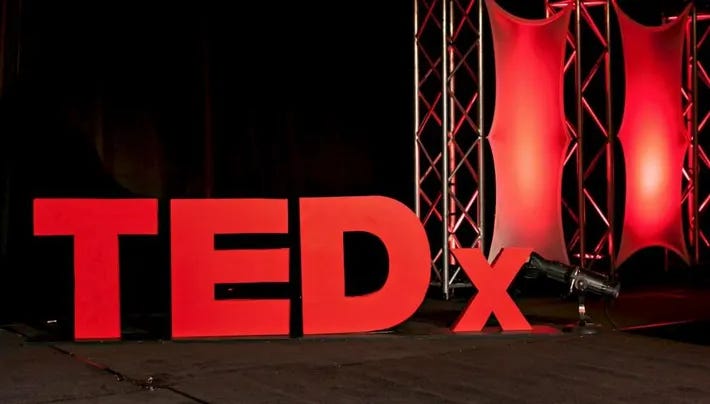
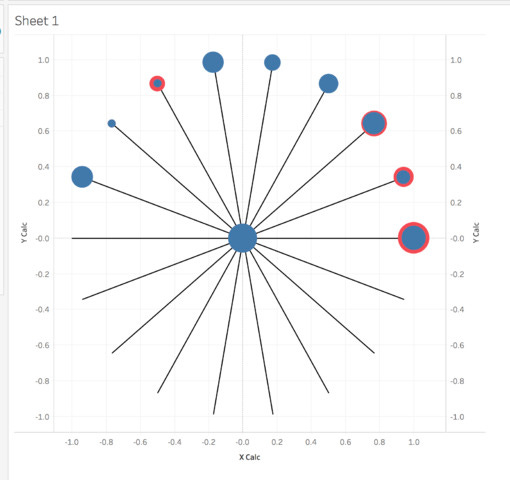
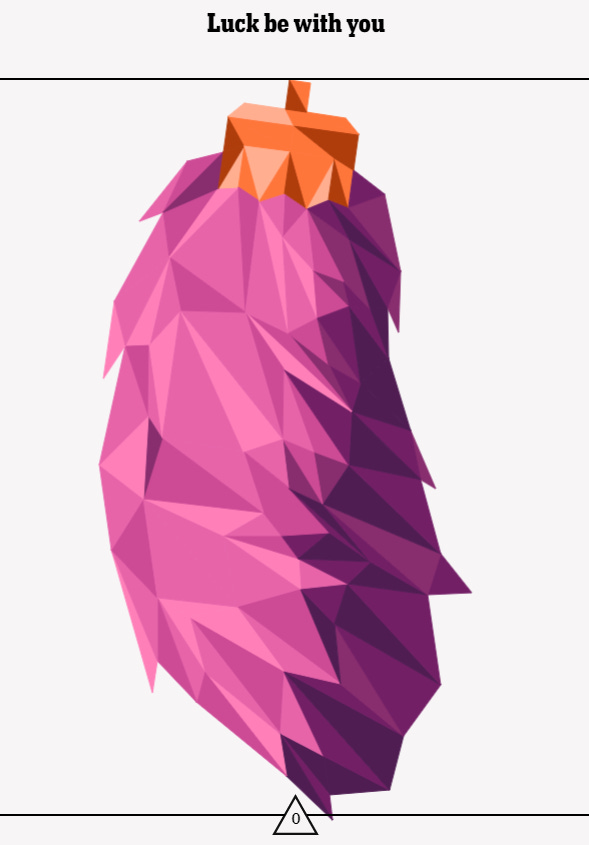
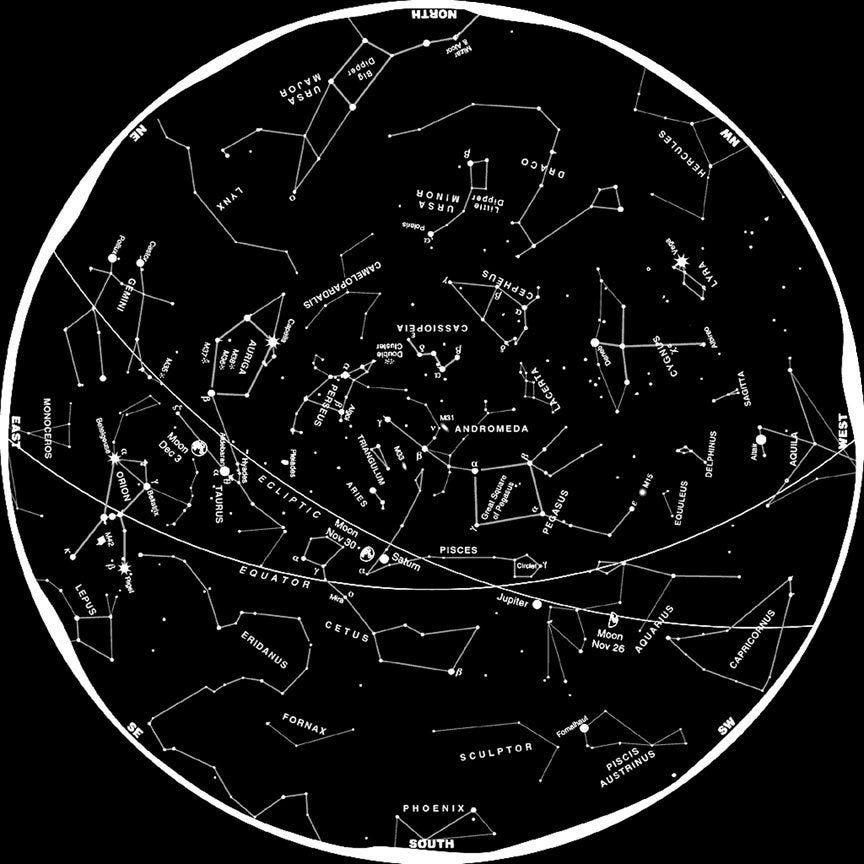
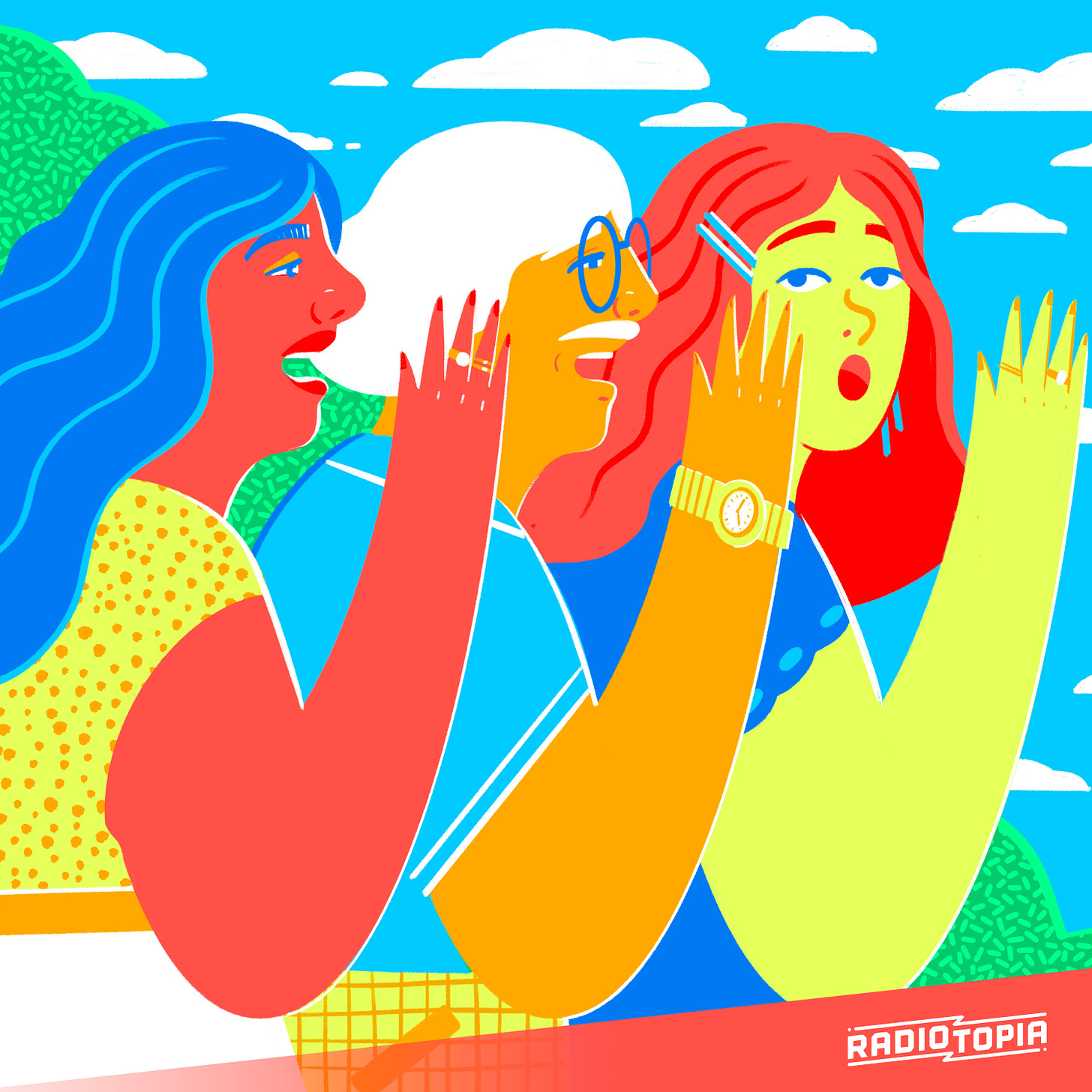
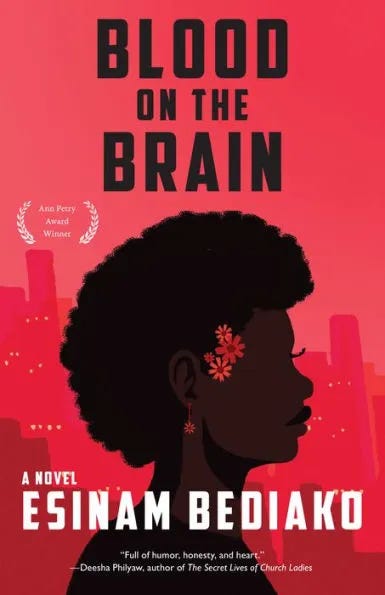
This is a really great explanation of building a community of readers, instead of hunting for consumers.
Your values about writing and the writing world and readers and conversation and connection feeds my heart and is also real balm to my heartache. The spiritual part is missing and you are illuminating that. Writing is heart expressing, and reading is heart absorbing. Two hearts in relationship, conversing with each other, an actual (I believe this) energy exchange - an intimate dance of consciousness between writer and reader - through the magical medium of print. It's so simple and also profound, that as a reader you are truly in relationship with that writer's mind and heart energy emanating from the page. Yet this whole industry - gatekeeping, exclusivity, ego nurture - has crusted over and painfully obfuscated that core essential and spiritual relationship. It hurts me. And you are writing about the pain here and it is pain because the tricks and illusions are divorcing writers from what really matters, what is most fulfilling, where the true meaning is. It is dividing writers and readers by lifting up and celebrating ego rewards over relationship, over communion, over love, over healing - which is what writing is meant to be. Which is exactly what your newsletter is creating between us. Your heart writes, my heart reads - recognizes the truth it needs - and both of us are stronger because of it. Thank you, Cassie.